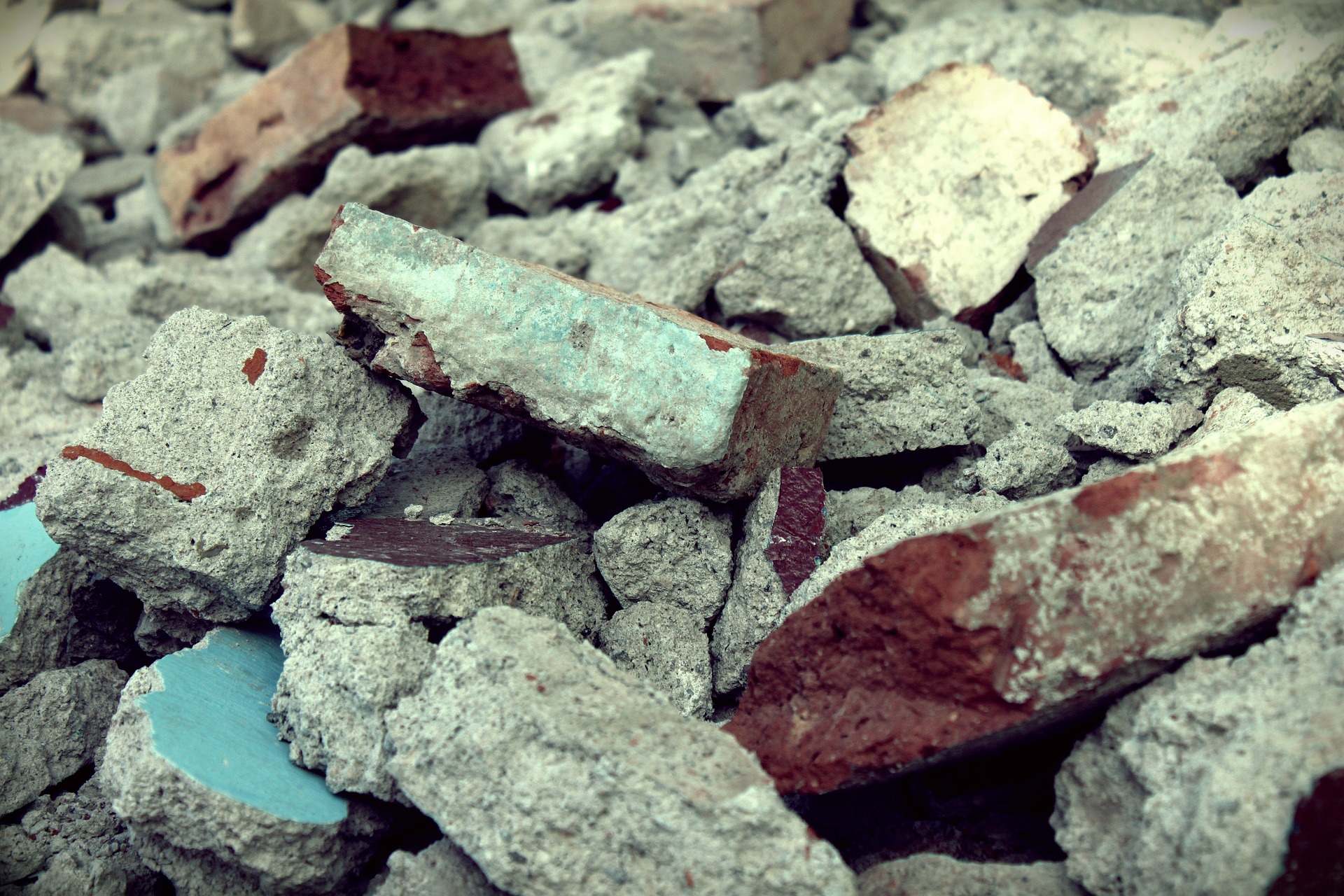News release
From:
Expert Reaction
These comments have been collated by the Science Media Centre to provide a variety of expert perspectives on this issue. Feel free to use these quotes in your stories. Views expressed are the personal opinions of the experts named. They do not represent the views of the SMC or any other organisation unless specifically stated.
Professor Sujeeva Setunge is the Project Leader for the Bushfire and Natural Hazards CRC and the Deputy Dean Research and Innovation SOE at RMIT University
The collapse of the Genoa bridge demonstrates the urgent need for understanding the vulnerability of bridges under effects of combined loading of normal traffic and natural hazards while allowing for the natural degradation of structures.
We are investigating the likelihood of failure of a bridge under combined impact of extreme events and other loading here in Australia, through our team at the Bushfire and Natural Hazards CRC, RMIT University, the University of Melbourne and the University of Southern Queensland.
The modelling completed to date has demonstrated that the failure probability of a bridge superstructure as well as substructure can significantly increase with the increase of the intensity of the hazard, in this case, the rainfall and also the degradation of the structural components under mechanisms such as corrosion or scour. Often, in the design of bridges, it is assumed that at an extreme event, the bridge is not carrying the full traffic load, which is not always realistic.
Here in Australia, we have found that the failure of some of the bridges during the 2010-2011 Queensland floods could have been avoided if the vulnerability of the bridge had been assessed prior.
We have also identified all critical bridges in Victoria and are developing vulnerability models to demonstrate the likelihood of failure of the bridges under extreme natural hazards. This needs to be expanded to all states of Australia.
Dr Colin Caprani is a Senior Lecturer in Structural Engineering at Monash University
We cannot put off bridge maintenance costs forever.
People rightly expect that bridges do not fall down. But there are no absolutes – engineering science is not perfect, and there is much we do not yet know. Worse, without structural health monitoring of aged structures, we have little opportunity to learn from failures and make better predictions about future collapses. It is surely time that smart sensing solutions are used across all our aged infrastructure to protect people from events like in Genoa.
However, to put it in context, bridges are the safest of all major structures – safer than buildings and dams. The risk of fatality from a bridge collapse is around 1 in 100 million per year, which is roughly 100 times less likely than being struck by lightning. And given that there are around 1 trillion (10^12) bridges crossings annually, the risk in terms of exposure is remarkably low. Natural hazards, overloading, deterioration, and foundation problems are the leading causes of bridge collapse.
Nevertheless, many of the bridges of the developed nations are at the end of their design lives. The increasing number of collapses we are seeing in recent years is likely to worsen as deterioration takes its toll, and inspection and maintenance programs continue to have their budgets reduced.
Bridge management, inspection, and maintenance can be costly. Bridges are not set-and-forget pieces of infrastructure, but, in a structural sense, are living breathing critical links in our daily lives. The costs of a calamity in terms of human, social, economic and reputation, far outweigh the costs of proper care. Compared to large-scale new pieces of infrastructure though, these costs are not as attractive to decision-makers or the public: no-one cuts a ribbon when an old bridge is repaired.
Although everyone knows it’s important, the funding for responsible care of our existing infrastructure falls somewhat below what is actually required. The backlog of inspections and maintenance cannot accrue forever without some risk to public safety emerging.
The time is nigh that we give the problem adequate resourcing. Then we can have the smart road network of the future, with automated truck platoons carrying hundreds of tonnes of goods, that so many people are excited about. But right now, given the current state of resourcing the science of managing and maintaining our existing infrastructure, it is difficult to think that this envisaged future can be realised with the status quo.



 Australia; New Zealand
Australia; New Zealand


